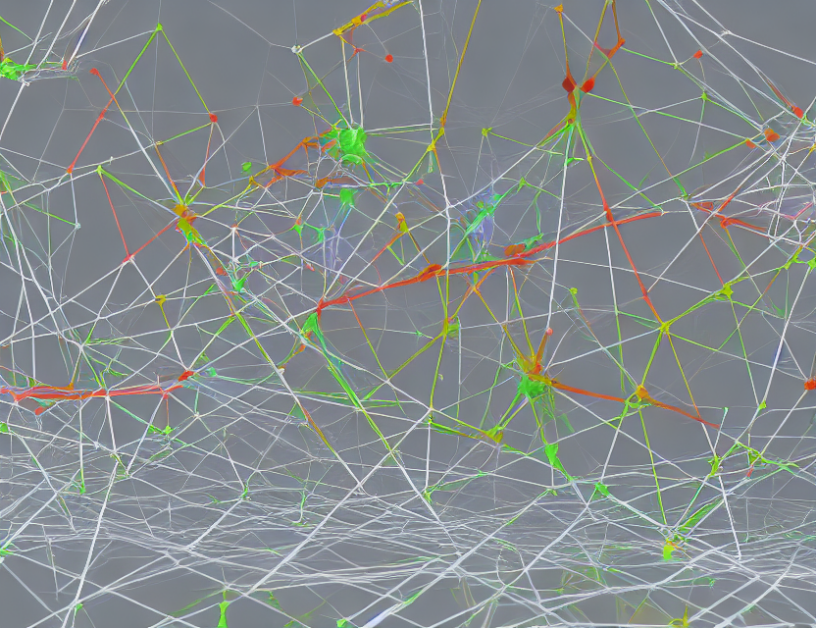Graph summarization is a technique used to condense massive graphs into a smaller representation while preserving essential information. This process is crucial for detecting changes in large-scale graphs, which have become common due to advancements in technology. The purpose of this paper is to explore the extent to which graph streams should be compressed to detect important changes accurately and reliably.
The authors propose two main approaches: graph scope and Com2. Graph scope is a parameter-free method that minizes the number of edges in a graph while preserving its essential properties. On the other hand, Com2 is an efficient algorithm that discovers temporal (Comet) communities in large time-evolving graphs.
To understand how these methods work, think of a graph as a city with various interconnected buildings or nodes. Just like how a map can help us navigate through a city more efficiently, graph summarization techniques help us identify the most important parts of a massive graph and detect changes more accurately.
The authors also discuss the Minimum Description Length Principle, which states that the shorter the summary of a graph, the better it is in terms of computational complexity and space efficiency. However, this principle can sometimes lead to oversimplification, which can result in losing essential information. Therefore, it’s crucial to strike a balance between simplicity and thoroughness when creating graph summaries.
In summary, graph summarization is an essential technique for detecting changes accurately and efficiently in massive graphs. By condensing these graphs into smaller representations, we can identify important parts and detect changes more effectively. The authors propose two main approaches, graph scope and Com2, which are designed to preserve the essential properties of a graph while minimizing its size. Understanding the Minimum Description Length Principle is crucial in creating effective graph summaries that balance simplicity and thoroughness.
Balancing Graph Summarization and Change Detection: A Statistical Approach



